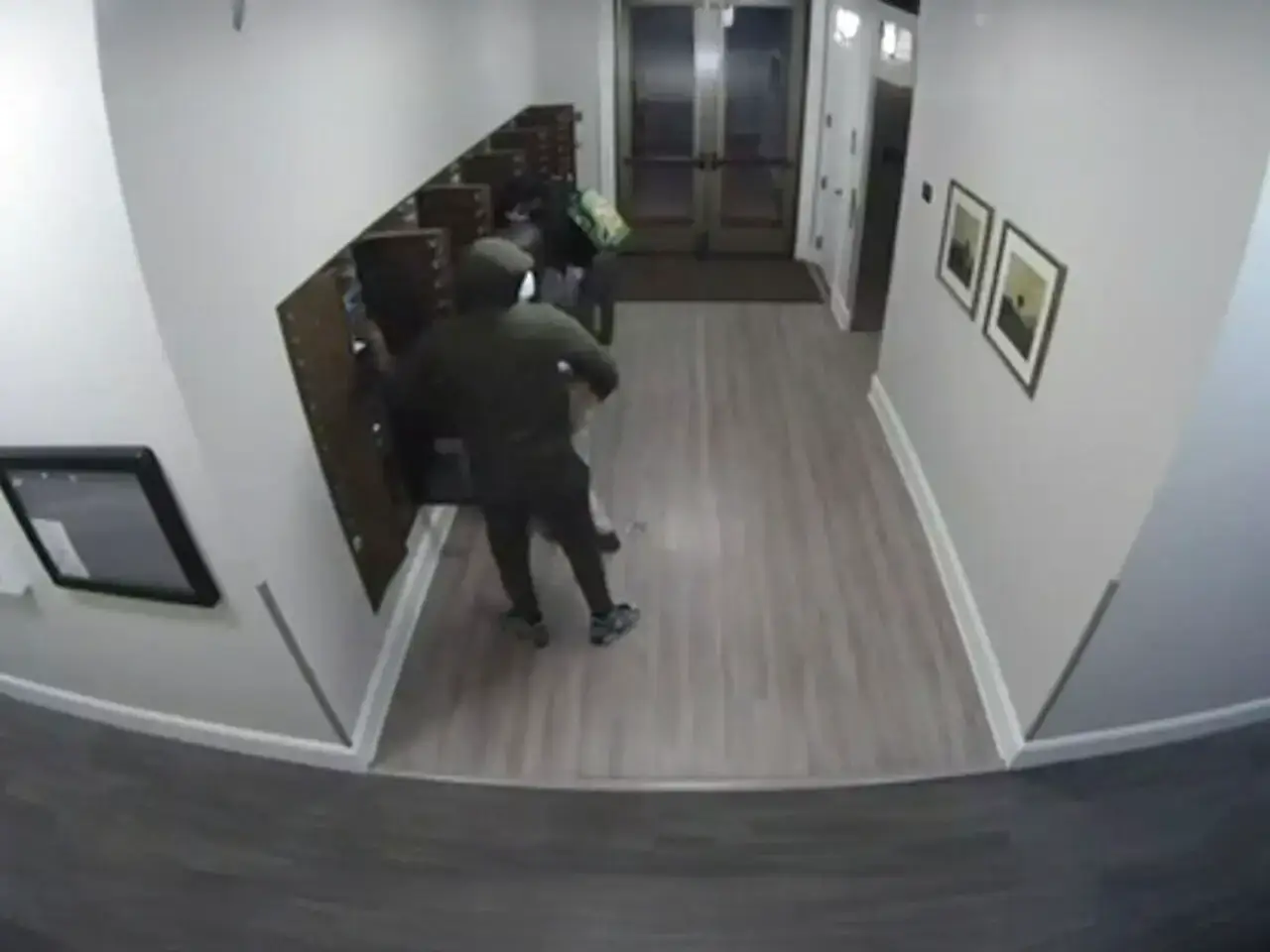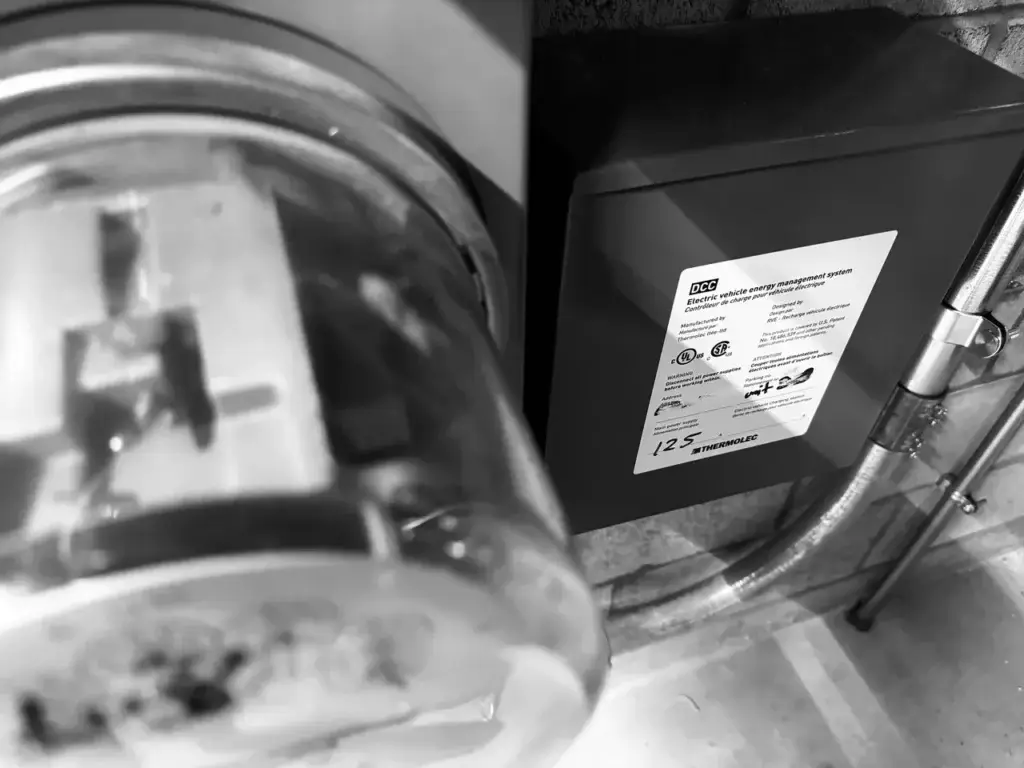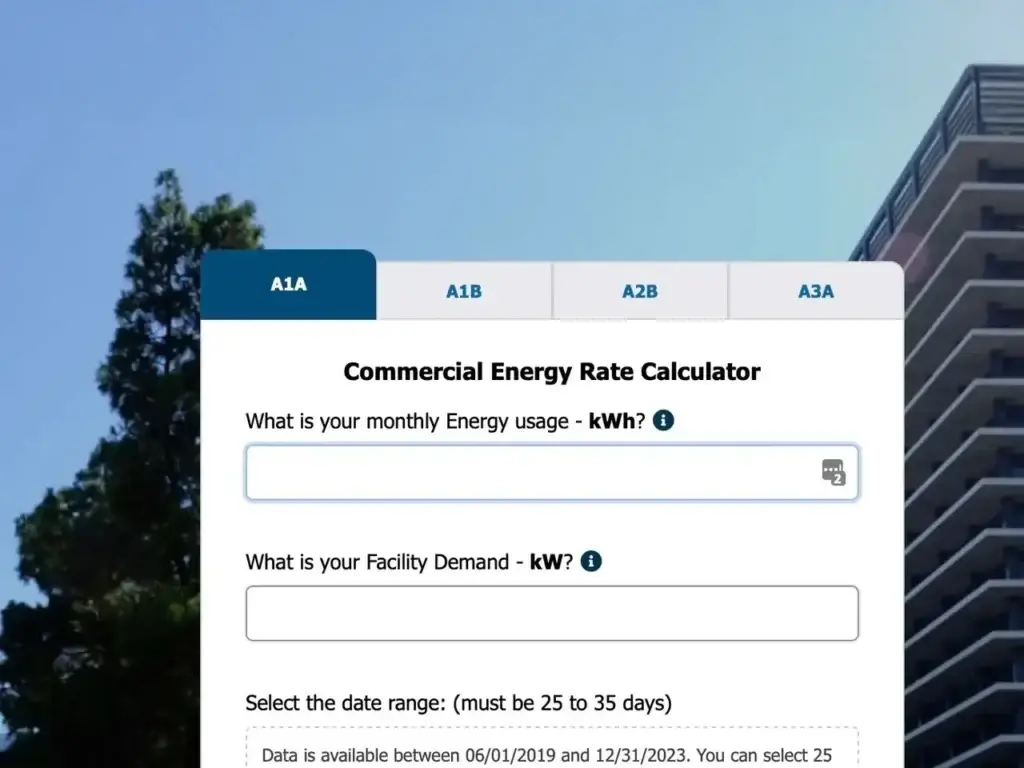There were rats in our condominium building. Very large ones who had the run of the common areas in the middle of the night.
We knew because in the morning, we found our mailboxes open, the contents missing or strewn about, packages ripped apart.
Our security cameras documented their forays. Two men in motorcycle helmets at 2 am. A man and a woman shortly after midnight. And others.
Our board did not know, at first, how they got in. Eventually, we solved that mystery. Not all at once, but one piece at a time, plugging up one hole in our defenses and then finding the next vulnerability.
Our education began with arrow keys.
How Mail Carriers Get In
Mail carriers use a special key—an “arrow key”—to open the gang of mailboxes and deliver mail to individual boxes.
They also use the arrow key to get into a building. Like many condominiums, our building has a buzzer entry system. Guests key in a two-digit code assigned to a unit owner; the unit owner gets a phone call and buzzes them in. Mail carriers circumvent that system using the arrow key: when mail carriers insert an arrow key into the keyhole on the entry system, they are buzzed in.
There are two versions of the key: an old one that is widely available to nefarious individuals on the street, and a newer, more secure version. Our mail carrier told us that we had the older one. We were easy targets for thieves to get in at night by inserting an arrow key into our entry system.
Only USPS can change the cylinder for the arrow key, on either the entry system or the mailboxes themselves. After each break-in, our manager notified USPS and asked for our arrow key to be updated. It was, apparently, a very long waiting list.
At one point, our manager notified us that USPS had told her they had replaced the locks. We believed her. The break-ins continued.
All our break-ins occurred after midnight. We replaced our obsolete door entry system with a new (but still basic) model that allows us to set a timer. Now, the USPS arrow key only opens our front door during postal delivery hours. Anyone who shows up with the key late at night can’t get through the front door
Looking for Clues
Meanwhile, we became detectives. Our security cameras never led to any arrests. (Yes, we filed police reports and reports with USPS.) By studying the footage, though, we learned how our mail thieves were getting in.
A board member triumphantly demonstrated how one thieving duo had used a screwdriver to pop open our front door—and our mailboxes. It took only a couple of seconds to open the front door, and another few seconds to open our gang of mailboxes—lightweight aluminum vertical boxes, original to the 1980s era building.
Hardening the Target
We repaired the front door to have less play and to install a much longer guard strip where the doors met so that a screwdriver could no longer exert enough leverage to pop the door.
And we replaced our mailboxes with new boxes.
Mailbox replacement in multifamily buildings is heavily regulated by USPS. Other than color, there isn’t a lot of choice. The cost, including installation, worked out to about $200 per unit. They look good, there’s more room for mail in each box, and they also have parcel lockers, reducing the pile of packages in the mail room. They are heavy and secure and absolutely cannot be opened with a screwdriver.
Controlling Front Door Entry
By now, we discovered that we still had the old arrow keys. The new mailboxes were delivered without USPS cylinders. After waiting a week without mail delivery for USPS to install new locks on the new mailboxes, USPS re-installed the old locks.
Still stuck with the old arrow keys, we began looking at improving our front door’s buzzer system. We had a basic Doorking that was 20 years old. We considered replacing it with a video entry system that allowed residents to see who they were buzzing in. The video system used a code, rather than an arrow key, for mail carriers. Some owners loved the new capabilities, but we met with resistance from others who didn’t want to deal with an app, or the ongoing fees. Our mail carrier wasn’t happy with the code idea, either.
Then we learned that newer versions of the ubiquitous Doorking have a timer function.
Timing is Everything
All our break-ins occurred after midnight. We replaced our obsolete Doorking with a new (but still basic) model that allows us to set a timer on the arrow key function. Now, the arrow key only opens our front door during postal delivery hours. Anyone who shows up with an arrow key late at night can’t get through the front door.
The timer function also allows us to set a numerical code for keyless entry that only works during the hours we set. The code gives access during the day to vendors and others, like movers, who would be working in the building temporarily, without giving them one of the building’s keys. If they come back at night for unsavory reasons, the code doesn’t work.
Help from High Places
It had now been more than a year since we asked USPS to replace the arrow key. We had outwitted the thieves. The nighttime raids had stopped. However, had someone managed to gain entry to our lobby, our new mailboxes could still be opened with an old arrow key.
That’s when a US Congressman stepped in. As a constituent unable to get good service from a federal agency–USPS–I filed a statement with the help of our Congressman’s field supervisor.
Within a month, we got the new arrow key cylinders.








